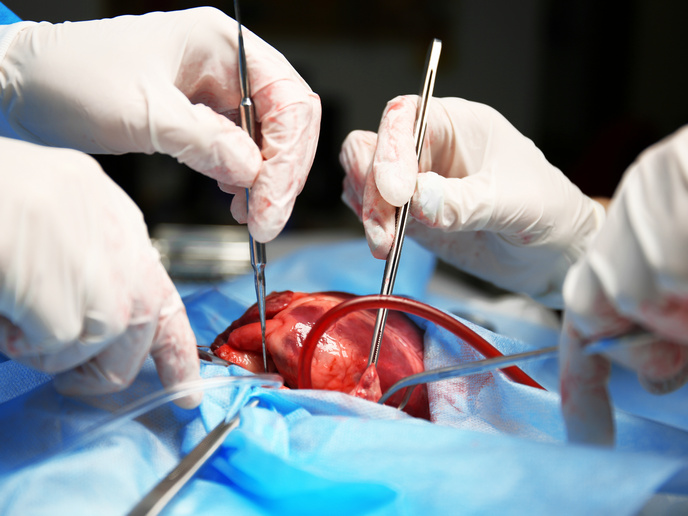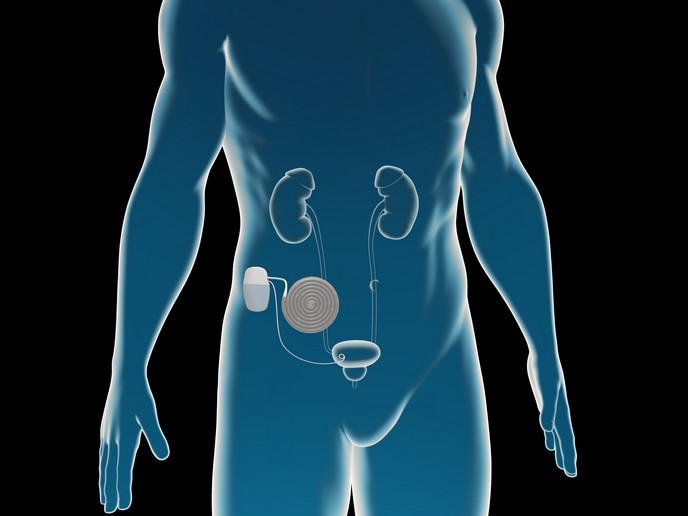Regenerating vagal nerves in transplanted hearts
Responsible for around 18 million deaths globally(opens in new window), cardiovascular diseases are the leading cause of death in developed nations, affecting over 6.6 % of the world’s population. With symptoms varying from hypertension to chronic heart failure, in extreme cases a heart transplant (HTx) is the only viable option. But unfortunately the preferred technique, an operation known as bicaval orthotopic heart transplantation (OHT), requires that the parasympathetic nerves be surgically removed or severed. “This leads to increased heart rate, reduced heart responsiveness to stimuli and increased ventricular stiffness. So, restoring those nerve connections would be a game changer,” explains Silvestro Micera, coordinator of the EU-funded NeuHeart(opens in new window) project, from Sant’Anna School of Advanced Studies(opens in new window), the project host. NeuHeart designed, developed and has now patented a neuroprosthesis able to regenerate the parasympathetic connections in the cardiac region, particularly of the right cardiac vagus nerve (VN). “In addition to increased quality of life, patients may also enjoy extended life expectancy,” adds Vincenzo Lionetti, co-principal investigator. NeuHeart’s robust yet adaptable solution also has potential to restore nerve connections to other transplanted organs and traumatic injuries where nerves are severed.
‘Closed-loop’ bioelectronic solution
A regenerative channel(opens in new window) (RC) made of soft, 3D-printed biodegradable polymers along with a thin-film intraneural electrode is implanted between the two stumps of the severed VN. The RC guides and shapes regeneration, while the electrode delivers current to the nerve re-establishing the electrical connection. This allows the heart rate (HR) to be modulated. The device is then coupled with an implantable stimulator to deliver the necessary current based on real-time HR measurements taken by a sensor and processed by software, offering a closed-loop solution.
Uncharted territory
As no relevant studies about VN regeneration existed in literature, the project researchers conducted their own in rabbits and minipigs. Immunohistochemical analysis evidenced that VN regeneration can occur when guided by a structure, such as the RC, and several tests also confirmed the functionality of different system components. The intraneural electrode and a prototype stimulator were tested in the VN of minipigs(opens in new window) where they effectively controlled HR without visible side effects. The biocompatibility of the implanted cardiac sensor and its potential to evaluate long-term cardiac stiffness was also demonstrated, as was the HR control algorithm, accommodating variations down to one beat per minute. “Collectively, these tests offer positive proof-of-principle for all the elements of the NeuHeart system,” says Ciro Zinno, project researcher.
Breaking new ground
Experiments lasting four months assessed cardiac VN regeneration in both treated animals and a control group with severed VNs but without the RC implanted. A cardiac magnetic resonance imaging scan was used to study changes to the hearts of the animals over time. “We found reduced heart responsiveness in untreated animals compared to the treated group. Imaging analysis also told us for the first time that reconnecting the heart to the right intrathoracic VN protects against left ventricular strain. While immunohistochemistry indicated that the left ventricles of treated animals were similar to healthy animals,” explains Lionetti. The researchers are now working towards human trials, aiming to carry out a Phase One trial on 30 patients, 15 of whom will undergo OHT with VN regeneration, while the others won’t. “Our innovation could revolutionise transplantation procedures. As the materials are easily manufacturable, the solution is scalable and so could ensure a reliable supply of nerve grafts, which can be scarce,” concludes Eugenio Redolfi Riva, research fellow.







